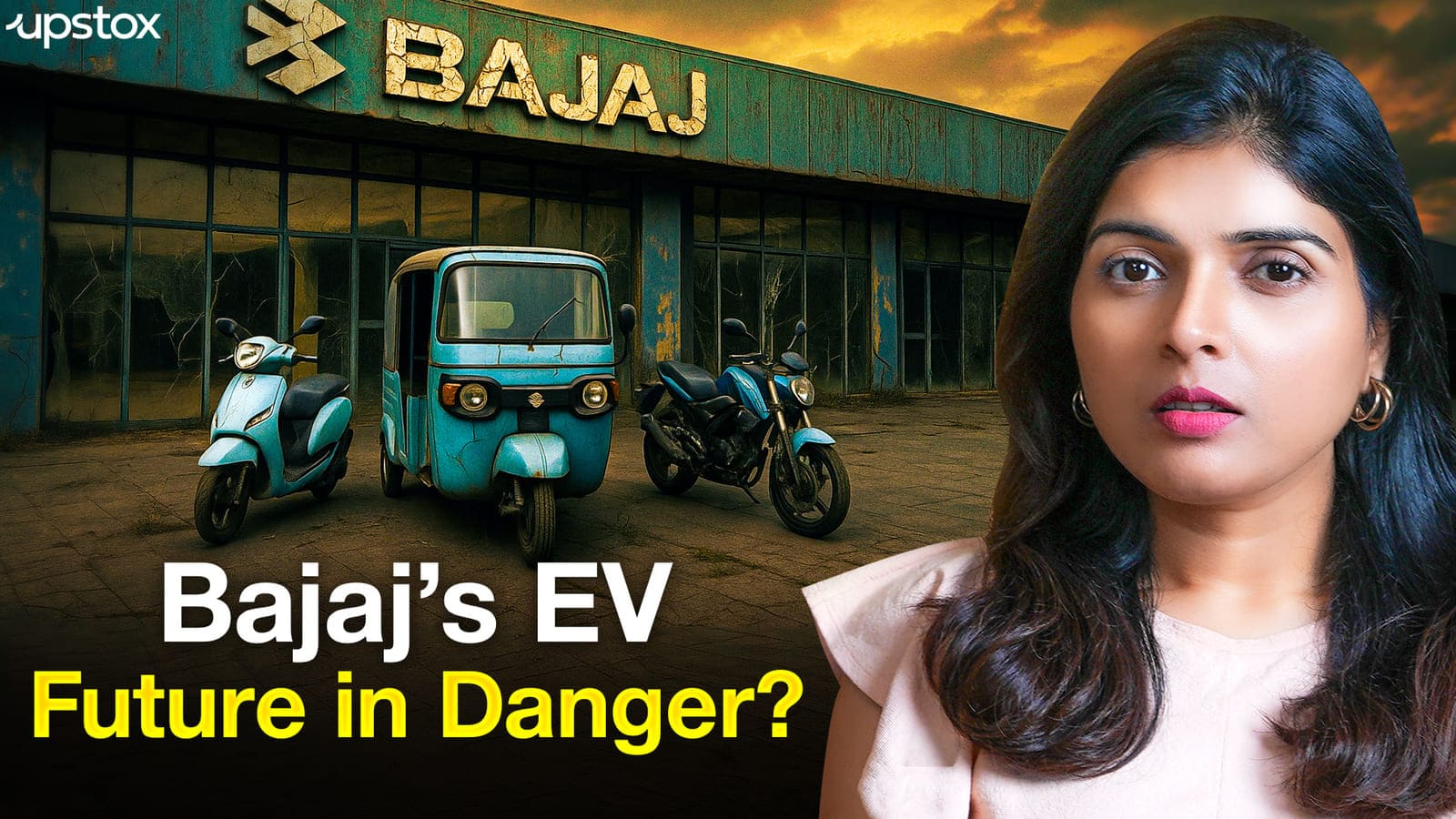Business News
India may fall into middle-income trap, needs ‘3i strategy’ to escape: World Bank report

3 min read | Updated on August 02, 2024, 17:19 IST
SUMMARY
A report released by the World Bank suggests that India, along with more than 100 other countries, faces the risk of getting stuck in the middle-income trap and proposed a ‘3i strategy’ based on their development levels.

These 108 middle-income countries are home to 75% of the world's population
India and China, along with 106 other countries, face several challenges that could hinder their journey towards becoming high-income countries in the next few decades, according to a report released by the World Bank on August 1.
The report stated that these countries need a “3i approach” focusing on investment, innovation and infusion of technology to achieve the high-income status.
World Development Report 2024: The Middle Income Trap finds that as countries start getting wealthier, they generally hit a ‘trap’ at around 10% of annual US GDP per person, which is equivalent to $8,000 today. That comes in the middle range of what the World Bank considers as middle-income countries.
The report revealed that since 1990, only 34 middle-income countries have been able to attain high-income status, and more than one-third of them were ‘either beneficiaries of integration into the European Union, or of previously undiscovered oil.’
By the end of 2023, 108 countries were classified as middle-income countries, with annual GDP per capita between $1,136 and $13,845. The report stated that these 108 middle-income countries are home to 75% of the world's population, six billion people, who generate more than 40% of global GDP and more than 60% of carbon emissions. It added that these are the ones facing bigger challenges than their predecessors in escaping the middle-income trap like rapidly ageing populations, rising protectionism in advanced economies, and the need to speed up the energy transition.
At the current pace, it will take China 10 years, Indonesia 70 years, and India 75 years to just reach a quarter of US income per capita.
“The battle for global economic prosperity will largely be won or lost in middle-income countries,” said Indermit Gill, Chief Economist of the World Bank Group and Senior Vice President for Development Economics.
He added, “But too many of these countries rely on outmoded strategies to become advanced economies. They depend just on investment for too long—or they switch prematurely to innovation. A fresh approach is needed: first focus on investment; then add an emphasis on infusion of new technologies from abroad; and, finally, adopt a three-pronged strategy that balances investment, infusion, and innovation. With growing demographic, ecological and geopolitical pressures, there is no room for error.”
The 3i strategy
The 3i strategy, proposed in the report, said that according to the level of their development, countries should adopt a “sequenced and progressively more sophisticated mix of policies”. Low-income countries should focus on the “1i” part of investment and once they reach the lower-middle-income status, they should move to the “2i” phase that includes an infusion of technology as well.
The final stage is the “3i” one which should be activated upon reaching the upper-middle-income status where countries should combine all three, investment, infusion, and innovation. For the innovation part, countries should push the boundaries rather than just borrow ideas from global leaders.
“The road ahead won’t be easy, but it’s possible for countries to make progress even in today’s challenging conditions,” said Somik V. Lall, Director of the 2024 World Development Report.
“Success will depend on how well societies balance the forces of creation, preservation, and destruction. Countries that try to spare their citizenry the pains associated with reforms and openness will miss out on the gains that come from sustained growth,” he added.
The World Bank report mentioned the example of South Korea’s successful implementation of the 3i strategy. Its per capita income increased from $1,200 in 1960 to $33,000 in 2023.
By signing up you agree to Upstox’s Terms & Conditions
About The Author
Next Story

